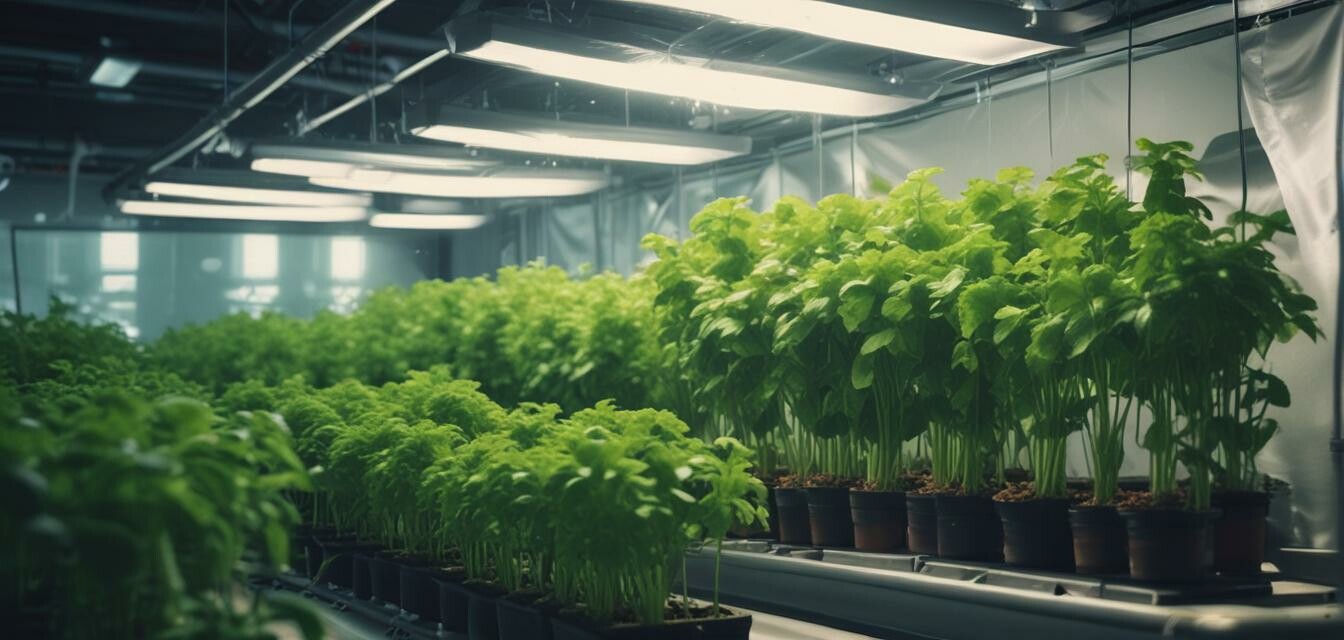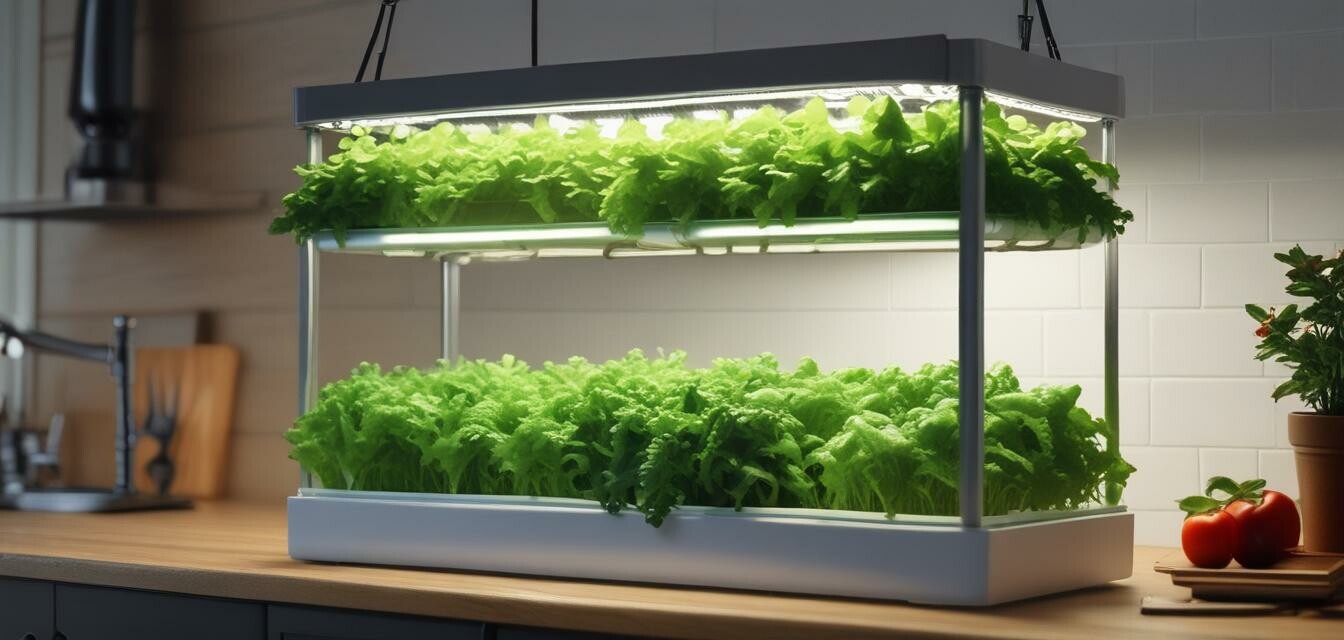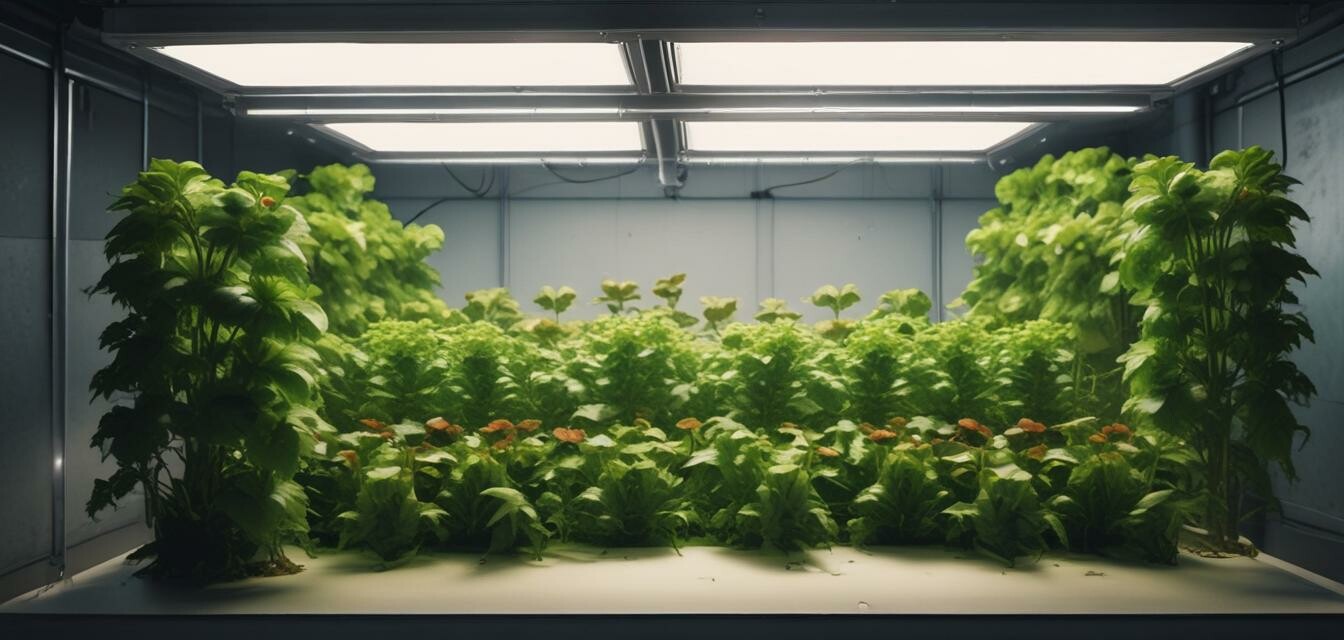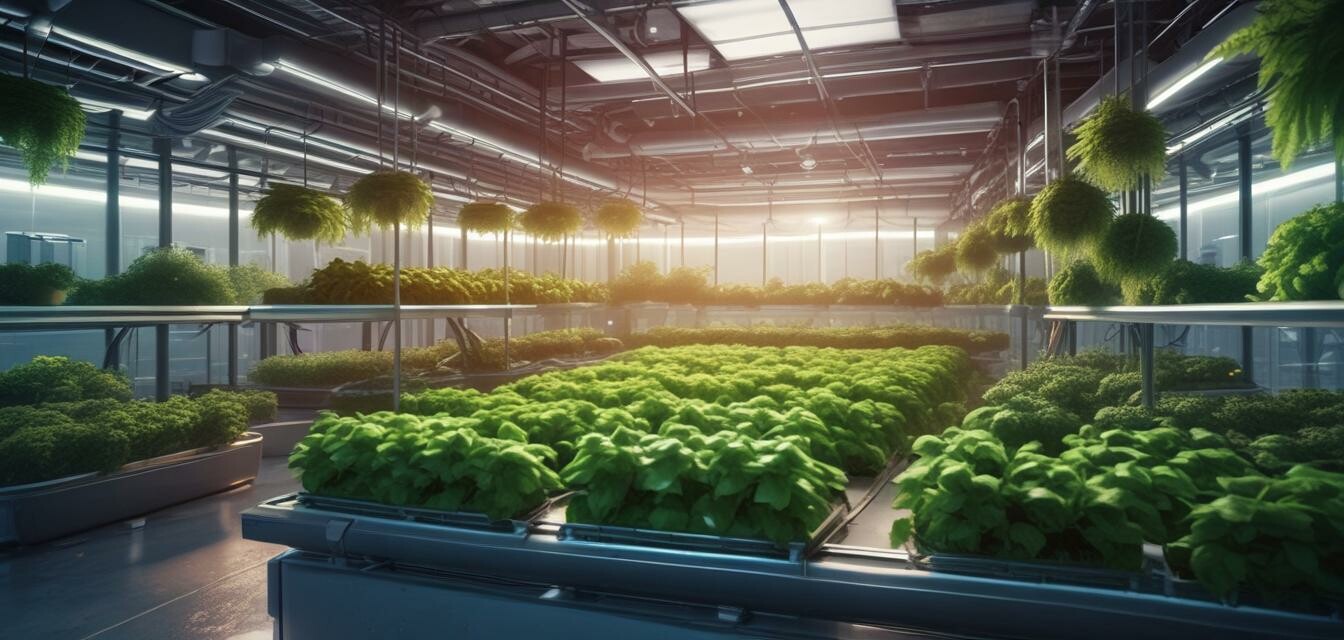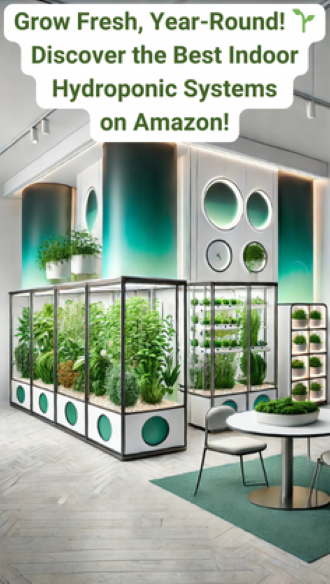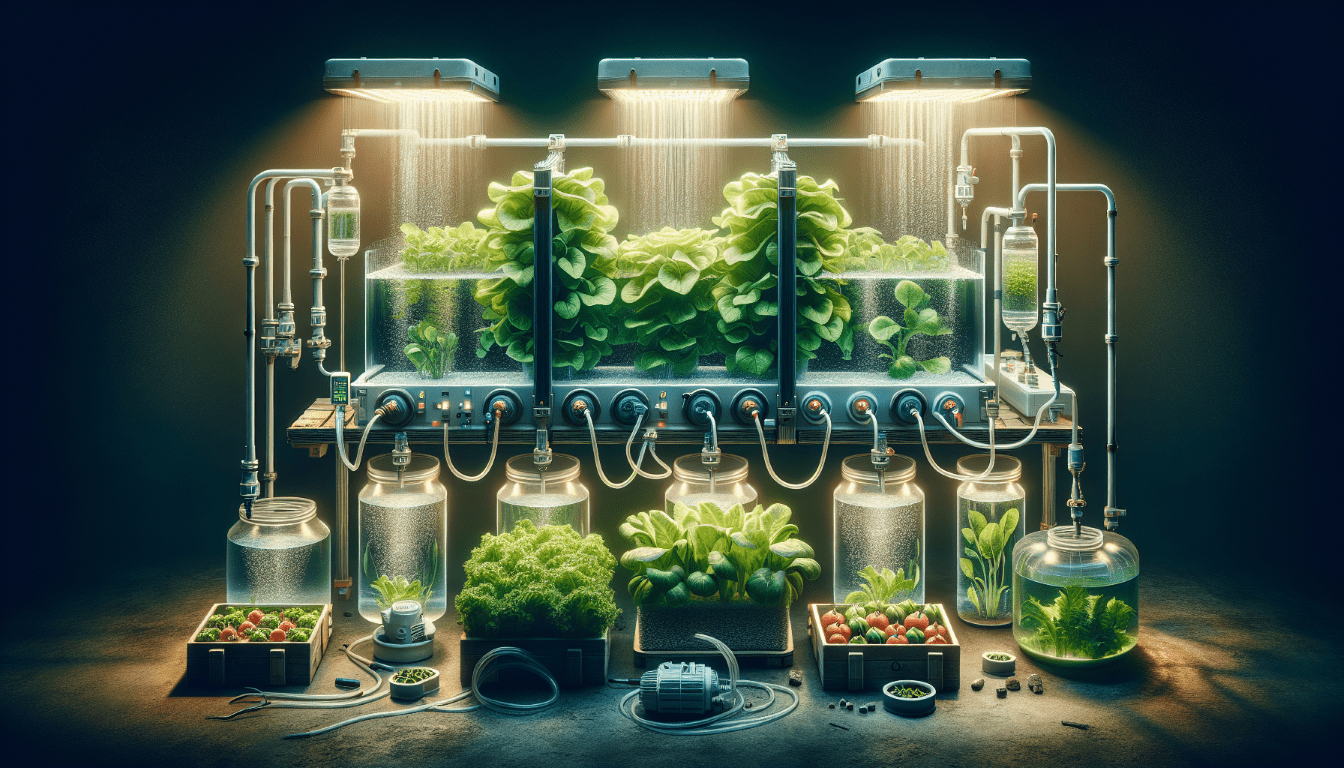
The Ultimate Guide to Comparing Hydroponic Systems: Which One Is Right for You?
Disclosure: This article was created using AI and is not based on personal experience. It includes affiliate links, which means we may earn a commission if you purchase through these links at no extra cost to you. As Amazon Associates, we earn from qualifying purchases. Product recommendations and endorsements were generated by AI and do not reflect personal opinions or real-world use.
Key Takeaways
- Different hydroponic systems suit various growing needs and experience levels
- System selection impacts maintenance requirements, costs, and plant types you can grow
- Each system type has specific space and resource requirements
- Understanding system differences helps prevent costly mistakes and ensures growing success
Choosing the right hydroponic system is crucial for successful indoor growing. Whether you're a beginner looking to start your first garden or an experienced grower planning to expand, understanding the differences between hydroponic systems will help you make an informed decision. This comprehensive guide compares various hydroponic systems, helping you select the perfect match for your space, budget, and growing goals.
What Are Hydroponic Systems?
Hydroponic systems are soil-less growing methods that provide plants with nutrients through water-based solutions. They offer several key advantages:
- Faster growth rates compared to traditional soil growing
- More efficient use of water and nutrients
- Greater control over growing conditions
- Higher yields in smaller spaces
Types of Hydroponic Systems
| System Type | Complexity Level | Best For | Maintenance Needs |
|---|---|---|---|
| Deep Water Culture (DWC) | Low | Leafy greens, herbs | Weekly water changes |
| Nutrient Film Technique (NFT) | Medium | Small-medium plants | Daily monitoring |
| Ebb and Flow | Medium | Various plant sizes | Weekly maintenance |
| Aeroponics | High | Fast-growing plants | Daily monitoring |
| Wick System | Low | Small herbs, microgreens | Bi-weekly maintenance |
| Dutch Bucket | Medium | Large fruiting plants | Weekly maintenance |
Essential Equipment
- Reservoir tank and growing containers
- Water pump (for most systems)
- Air pump and air stones
- Growing medium (varies by system)
- Nutrient solutions
- pH testing and adjustment tools
- Timer for automated systems
- Growing lights for indoor setups
Key Success Factors Temperature Requirements:
- Nutrient solution: 65-75°F
- Growing environment: 70-80°F
- Root zone: 65-70°F
pH Levels:
- Optimal range: 5.5-6.5
- Check daily for fluctuations
- Adjust as needed with pH up/down solutions
Nutrient Concentrations:
- EC range: 1.2-2.4 (depending on plant type)
- TDS range: 600-1200 ppm
- Monitor regularly with EC meter
Common Mistakes to Avoid
- Choosing an overly complex system as a beginner
- Neglecting regular water quality monitoring
- Improper sizing of system components
- Overlooking environmental control needs
Getting Started
Tips for Beginners:
- Start with a simple DWC or wick system
- Choose easy-to-grow plants like lettuce or herbs
- Invest in quality monitoring tools
- Keep detailed records of system performance
- Join online hydroponic communities for support
Conclusion Selecting the right hydroponic system depends on your specific needs, experience level, and growing goals. While simpler systems like DWC offer an excellent starting point, more complex systems can provide greater flexibility and control as you gain experience. Consider your available space, time commitment, and budget when making your choice.
Explore More For additional information and products, visit our specialized categories:
- Countertop Hydroponic Kits
- Environmental Control Equipment
- Hydroponic Pumps and Accessories
- Lighting Solutions for Hydroponics
- Nutrient and Additive Solutions
Pros
- Systems available for every skill level and budget
- Ability to grow year-round indoors
- Higher yields than traditional gardening
- Precise control over growing conditions
Cons
- Initial setup costs can be significant
- Regular monitoring and maintenance required
- Learning curve varies by system complexity


